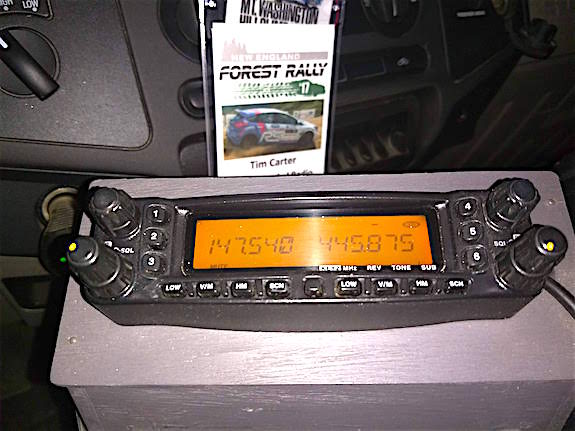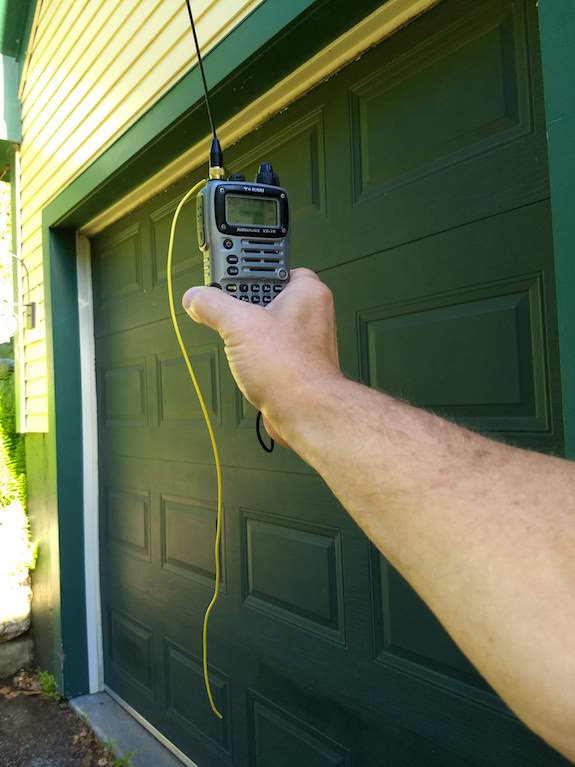
The yellow wire is a tiger tail antenna. It may not look pretty, but it dramatically increases the performance of the HT. Copyright 2018 Tim Carter W3ATB
“It’s probably best to just use a length of 19 and 1/4 inches to put you right about in the middle of the 2-meter frequencies.”
A Tiger Tail Antenna Boosts HT Output – HT on Steroids!
A tiger tail antenna is a short piece of flexible wire that connects to the ground side of your handheld transceiver (HT). They are easy to make and this simple additional wire will increase the outgoing strength of your signals.
What Is the Tiger Tail Antenna?
The tiger tail is the other side of a dipole antenna. The rubber duck antenna that comes with most HTs, or a good 1/4-wave high-gain whip antenna, is the positive side of the dipole. You create a high-performance antenna for your modest HT by attaching a matched length of wire to the negative, or ground, side of your antenna post.
How Long is the Tiger Tail Antenna?
You need to match the length of the tiger tail to the frequency you’ll be using on your HT. If you’re transmitting in the allowed portions of the 2-meter band in the USA, you’ll be between 144.00 and 148.00 MHz.
I used the ground plane calculator at Buxcomm.com to calculate it.
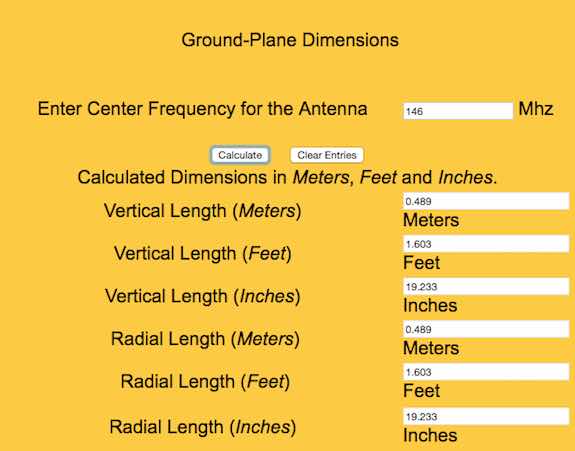
Look at the last value at the bottom: Radial Length (inches). That’s what you want. Copyright 2018 Buxcomm.com
Here are the lengths you’d need to cover the entire 2-meter band. It’s probably best to just use a length of 19 and 1/4 inches to put you right about in the middle of the 2-meter frequencies.
| 144.00 MHz | 19.50 inches |
| 145.00 MHz | 19.36 inches |
| 146.00 MHz | 19.23 inches |
| 147.00 MHz | 19.10 inches |
| 148.00 MHz | 18.97 inches |
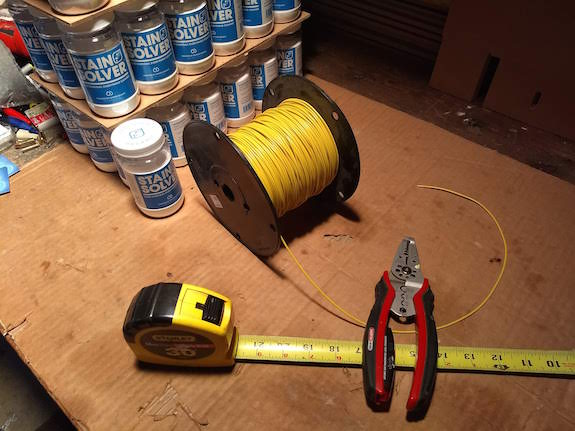
A tiger tail antenna requires simple wire, a wire cutter/stripper, a tape measure, and solder. I’m using 26-gauge stranded wire for mine. Copyright 2018 Tim Carter W3ATB
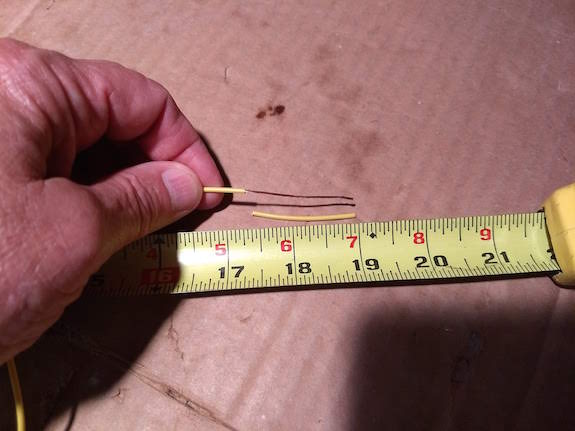
I stripped off 1.5 inches of insulation and twisted the strands of wire together. Copyright 2018 Tim Carter W3ATB
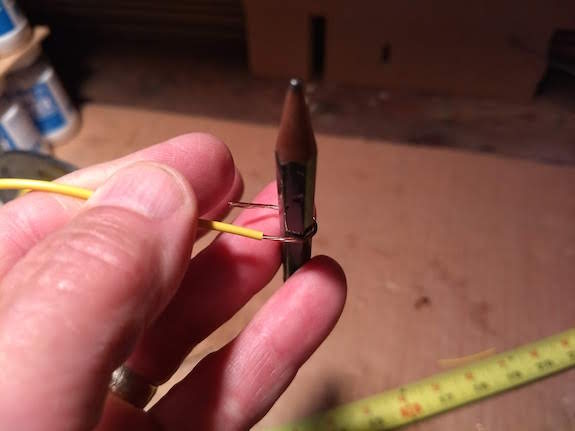
A standard pencil creates the perfect sized loop diameter for the tiger tail antenna. Copyright 2018 Tim Carter W3ATB
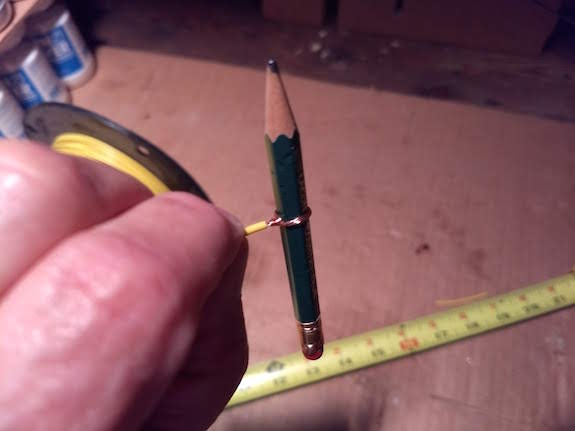
The loop is completed by wrapping the excess wire onto itself. All that’s left is to put a drop of molten solder on it so the loop stays intact. Copyright 2018 Tim Carter W3ATB
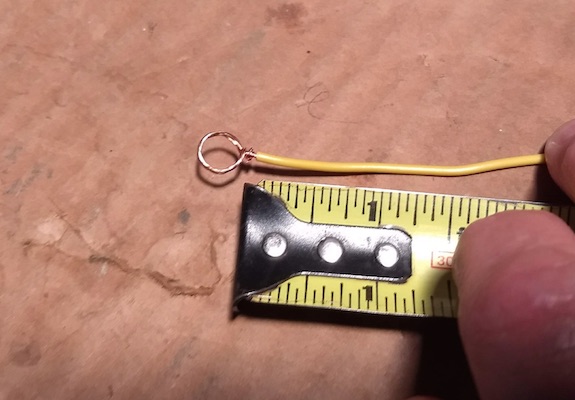
I still need to solder the loop, but you start your measurement for the tiger tail antenna at the base of the loop, NOT at the far end of the loop at the left. Copyright 2018 Tim Carter W3ATB

